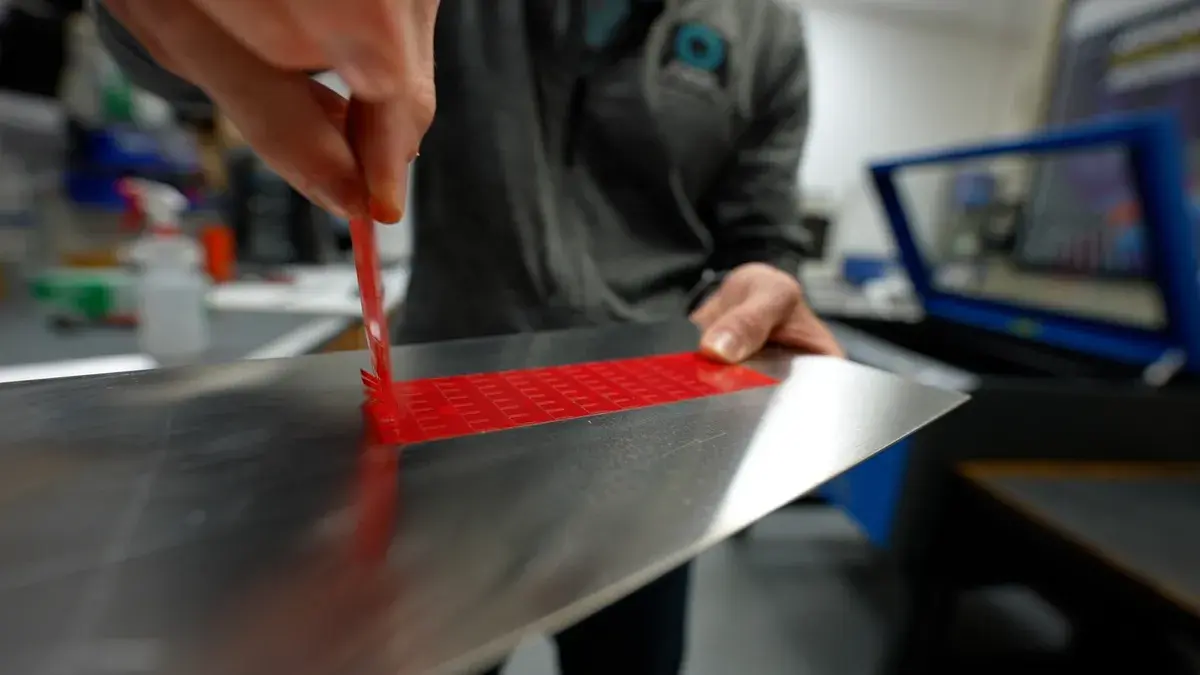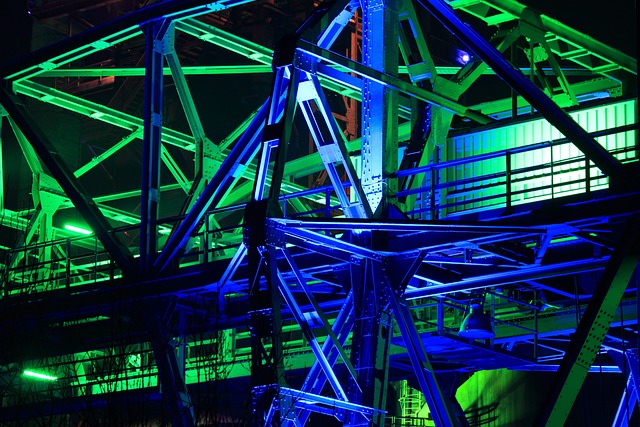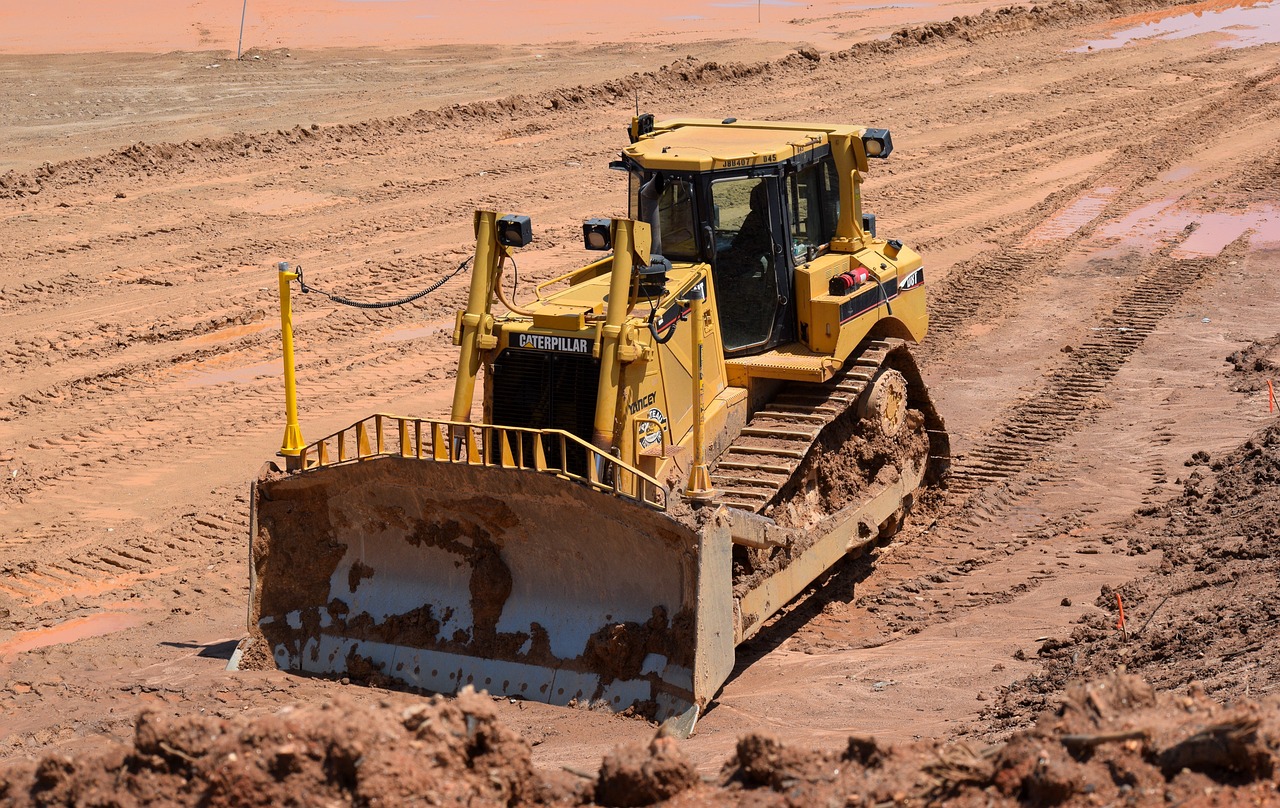Greek inventor Archimedes is reported to have used a “directed energy weapon” in the form of a giant mirror to focus solar rays on Roman ships, setting them afire to protect Syracuse from attack in 210 BC. War hasn’t changed much but technology has: new plane and warship mounted lasers are now capable of destroying planes, drones, small boats and spy cameras.
A popular video has been making the rounds showing an operational test of the Laser Weapon System (LaWs) temporarily installed on guided-missile destroyer, USS Dewey. The weapon was developed over a period of six years at a cost of $40 million and its laser is invisible to the human eye.
The technology has been difficult to develop because a large enough power source needed to be developed.The technology has been successful enough that it will be used in 2014 in the Persian Gulf aboard the USS Ponce.
There Are Ten Types of Laser Weapon Systems:
- Activer Denial – uses high powered microwaves targeted at humans creating a burning sensation. Has a range of several miles and was developed by Raytheon.
- Airborne Laser Test Bed (ALTB) – cost billions to develop. Uses 10.6 micron chemical oxygen iodine laser. Targets ballistic missiles. Rides on a Boeing 747. Ranges is hundreds of kilometers.
- Maritime Laser Demonstrator (MLD) – 1.06 micron sold state laser. Tagest UAVs, rockets, artillery, mortars, and small boats. Range is 10 kilometers. Used by naval ships. Developed by Northrop Grumann.
- High Energy Laser Technology Demonstrator (HELTD) – high power solid state 1 micron. Targets rockets, artillery, mortars. Range is 10 kilometers. Developed by Northrup Gruman, Boeing and OshKosh Defense.
- LaWS – High powered fiber laser. Tagets UAVs, mortars, rockets and artillery. Power is 50 to 100kw. Range is a few miles. Developed by Raytheon.
- Free Electron Laser – Uses “free electrons”. Targets antiship cruise missiles and groups of boats. Power is 100kw class. Range is short/tactical. Platform: navy ships. Developed by Boeing.
- Electric Laser Large Aircraft (ELLA) – High power solid state. Air-to-air and air-to-ground targets. 100-kw class. Platform is B-1 bomber. Developed by Lockheed Martin.
- MK38 Tachtical Laser System – Fiber energy. 10-kw class. Air and surface maritime targets. Used on naval ships. Developed by BAE Systems.
- Graduated Response – from 5.0 watts to 1,000,000 watts graduating from setting wood on fire to 100,000 watts for military applications against tactical targets to 1,000,000 watts for strategic targets like ballistic missiles.
- Handheld Laser Pointers – .005 watts up to 5 watts. As a weapon can blind enemy.
Non-Lethal & Personal Laser Weapons
Lasers are also being considered for smaller scale use such as controlling people through the non-lethal use of personal laser weapons.
Laser Arms Space Race
In a recent report by Jan Stupl of the Navy Postgraduate School, deployment of lasers on satellites will eventually occur leading to a laser weapon space race. Developing an anti–satellite weapon system and having the capability of shooting down ballistic missiles or critical communications systems are some of the most coveted capabilities in the minds of military planners.
Can A Laser Weapon Be Defeated
According to SnerdGuy at the Guardian:
1. The laser itself uses a chemical reaction to generate a beam. The thing takes up most of the aircraft and the chemicals are highly toxic. The waste which is leftover after the laser is fired is also toxic. It takes a long time to get the laser ready just to fire once. It’s impossible to repeatedly fire it in a timely manner.
2. The whole system is outrageously expensive. It requires a great deal of technology and the chemicals to fire it are expensive. There is also a lack of technology to aim it accurately in all but the best of conditions.
3. There are a number of ways to defeat it. One is to launch dummy missiles at the same time as the loaded one. The weapon needs time to burn through a missile and too much time to reload. The operators won’t know which missile to aim their one shot at. Another method is to have the missile detect the infrared beam and deploy a cloud of shiny metal chaff. Metal mirrors will reflect infrared. For that matter, a chemical smoke cloud could absorb most of the energy before it reached the missile.
Following is a documentary on directed energy weapons.






